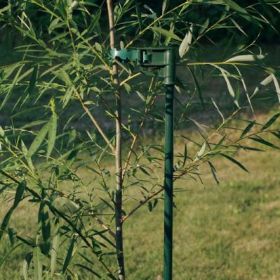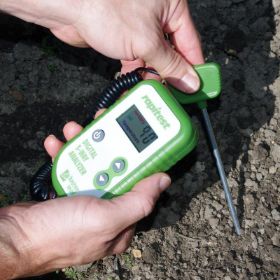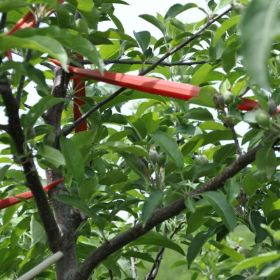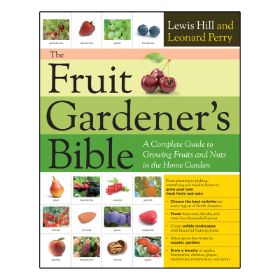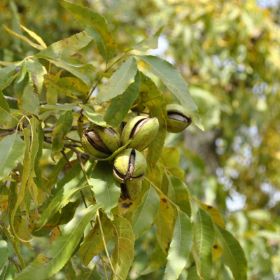Bonnie Almond Tree
Description
About the Bonnie Almond Tree:
The Bonnie Almond Tree (Prunus dulcis) is a remarkable addition to any garden or orchard. This slightly larger than medium-sized tree produces delightful, large nuts with soft shells, weighing approximately 2.1 grams in the soft shell. The kernels, which average 1.2 grams, are sweet and easily accessible as the soft shells can be effortlessly removed without the need for tools.
The tree boasts exquisite white flowers with reddish centers, enhancing its aesthetic appeal when in full bloom. As the season progresses, you can look forward to the maturation of the delicious almonds in late September. With a little care and attention, you’ll witness the Bonnie Almond Tree thriving, producing bountiful harvests for years to come.
Named after its soft-shell attribute and inspired by its productivity and attractiveness, Bonnie aligns perfectly with its Scottish meaning, “pretty” or “attractive.”
The Bonnie Almond Tree was Developed by Utah State University. It traces its origins to a seed gathered in Tashkent Province, Uzbekistan. The seed was thoughtfully imported into the US under a plant import permit and lovingly germinated in a greenhouse in Richmond, Utah. Subsequently, the young almond trees were transplanted into an orchard in Thatcher, Box Elder County, Utah, on land owned by the Peterson family.
How to Grow the Bonnie Almond Tree:
Growing the Bonnie Almond Tree requires careful consideration of its pollination needs. Since the tree is not self-fruitful, it is essential to pair it with a suitable pollinator. See recommendations below. Ensure that you provide a suitable environment, preferably in a sunny location with well-drained soil, to facilitate healthy growth.
Don’t miss the chance to include this exclusive gem in your garden or orchard. Embark on an almond-growing journey with the Bonnie Almond Tree and enjoy the beauty and bounty it brings to your landscape.
Survival Guaranteed!
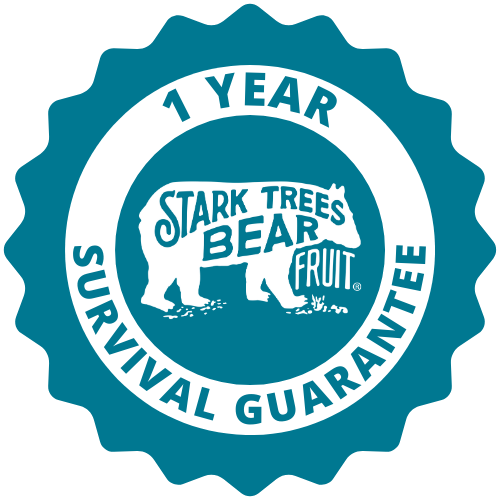

Since 1816, Stark Bro’s has promised to provide customers with the very best fruit trees and plants. It’s just that simple. If your trees or plants do not survive, please let us know within one year of delivery. We will send you a free one-time replacement, with a nominal shipping fee of $9.99. If the item in question is not available, we can issue a one-time credit to your account equaling the original product purchase price or issue you a refund. Read more about our warranty policy.
Characteristics
| Bloom Color | Red, White |
| Fruit Color | Brown |
| Fruit Size | Large |
| Hardiness Zone Range | 6B - 9 |
| Pollination | Pollinator Required |
| Ripens/Harvest | Late September |
| Shade/Sun | Full Sun |
| Soil Composition | Loamy |
| Soil Moisture | Well Drained |
| Soil pH Level | 6.0 - 7.0 |
| Taste | Sweet |
| Years to Bear | 3 - 5 |
Size & Spacing
Mature Size
Recommended Spacing
Zone Compatibility
Pollination
This variety requires another one for adequate pollination.
Tools & Supplies
Planting & Care
Learn all about how to grow almond trees in The Growing Guide. An entire section of our website dedicated to your growing success.








